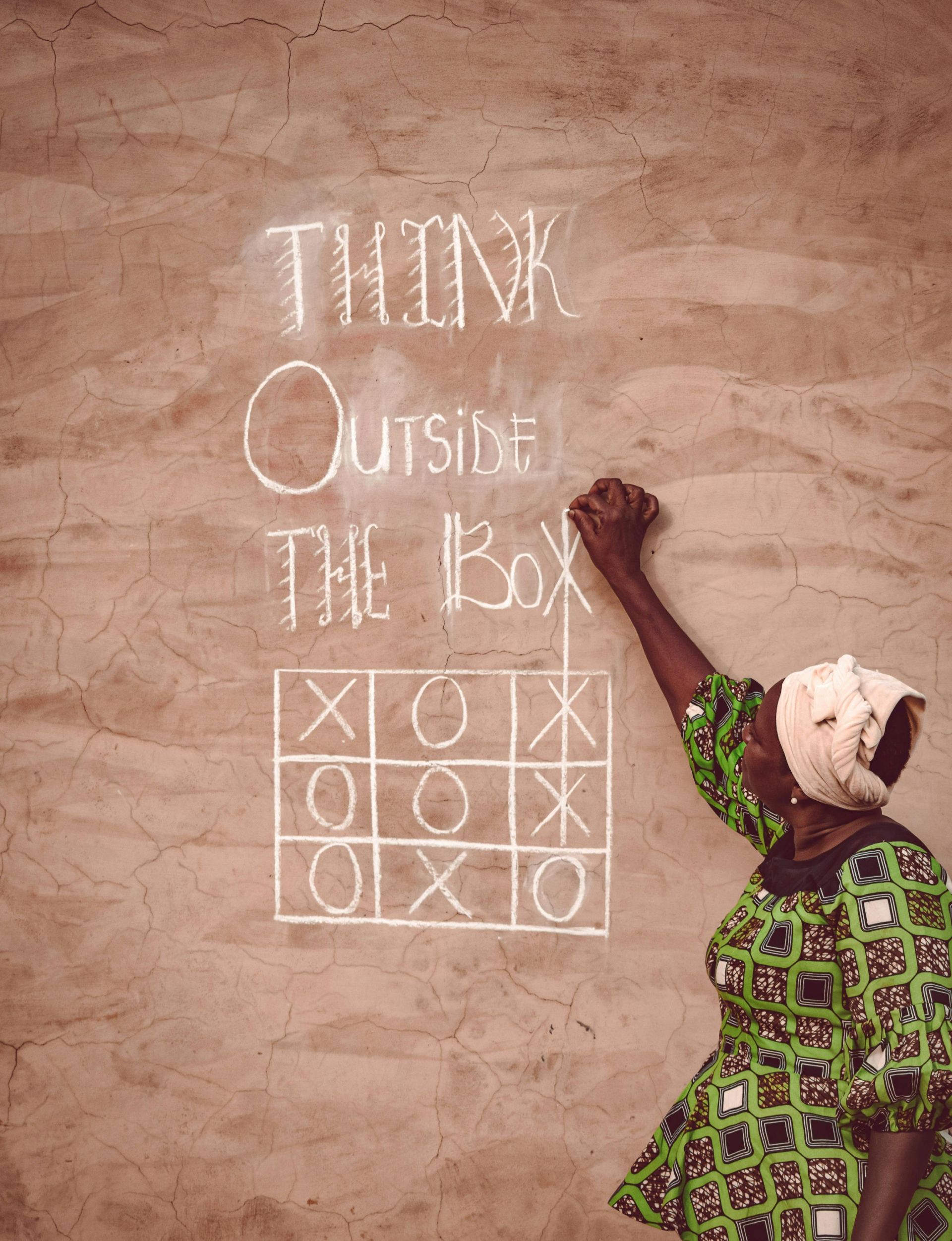
Traditional classrooms, with their rows of desks, rigid schedules, and set curricula, have long been the standard model of education. For many children, this environment works well enough, but for others, it can be limiting. The rigid structure of the classroom often prioritises conformity over creativity and adherence to a prescribed curriculum over individual exploration. In contrast, non-traditional learning environments, particularly home education, offer children the freedom to learn outside the box, and the benefits of this approach can be profound.
Home education allows for a truly individualised learning experience, one that can be tailored to each child’s unique interests, strengths, and learning style. In a traditional classroom, teachers must cater to large groups of students, often with very different needs. This can mean that some children are left behind, while others are held back from exploring topics more deeply. In home education, parents and caregivers can focus on their child’s personal development, adapting lessons and activities to suit their pace and preferences. A child who struggles with one subject can spend more time on it, while a child who excels in another area can explore it in greater depth, far beyond the limitations of a standard classroom.
This flexibility also extends to the method of learning. Not all children thrive in environments that rely heavily on textbooks and lectures. Some children learn best through hands-on activities, others through visual aids or discussion. Home education allows for a broader range of learning experiences, from outdoor exploration and real-world problem solving to creative projects and independent research. In these non-traditional settings, learning becomes an active, engaging process, rather than a passive receipt of information. This can ignite a child’s natural curiosity and love of learning, making education a far more fulfilling and enjoyable experience.
Another key advantage of learning outside the traditional classroom is the opportunity for holistic development. Traditional schools often focus on academic achievement, but true learning encompasses much more than just the acquisition of knowledge. Home education provides children with more time and space to develop social and emotional skills, creativity, and critical thinking. They have the freedom to pursue interests and passions that may not fit neatly into a school timetable. Whether it’s music, art, sports, or entrepreneurship, home-educated children can dive into their hobbies, learning valuable life skills along the way.
Holistic learning also extends to the way children interact with the world around them. Learning doesn’t need to be confined to four walls; children can gain a deeper understanding of the world by engaging with it directly. Home education often involves trips to museums, libraries, and parks, as well as community activities and interactions with people of all ages and backgrounds. These experiences broaden a child’s perspective and encourage empathy, cultural awareness, and a more nuanced understanding of real-world issues. In traditional classrooms, learning is often restricted to what can be taught within the limits of a school day, but home education allows for a more seamless integration of learning into daily life.
There is also a greater emphasis on self-directed learning in non-traditional environments. Children are encouraged to take ownership of their education, setting their own goals, and exploring topics that excite them. This fosters independence and responsibility, as children learn how to manage their time and take initiative in their learning journey. It prepares them for life beyond education, equipping them with the skills to adapt and thrive in an ever-changing world. In contrast, traditional schooling can sometimes stifle this independence by emphasising conformity and obedience to a strict timetable.
Furthermore, home education can have a positive impact on a child’s well-being. The pressure to perform within the constraints of a standardised system can lead to stress and anxiety for many children. In a non-traditional learning environment, children are free from the pressures of exams, homework overload, and the social dynamics of a large classroom. This allows them to focus on their personal growth and well-being, fostering a more balanced approach to education that takes into account mental and emotional health as well as academic achievement.
The freedom of learning outside the box enables children to discover their passions and develop their potential in ways that traditional classrooms often cannot. It offers an education that is not only more personalised but also more in tune with the needs of the whole child. In a world that is rapidly changing, where creativity, adaptability, and emotional intelligence are just as important as academic knowledge, it is clear that non-traditional learning environments can offer a richer, more fulfilling education experience. Home education, with its flexibility, holistic approach, and focus on individual growth, is a powerful alternative to the standard model, and for many children, it provides a path to truly thriving.


